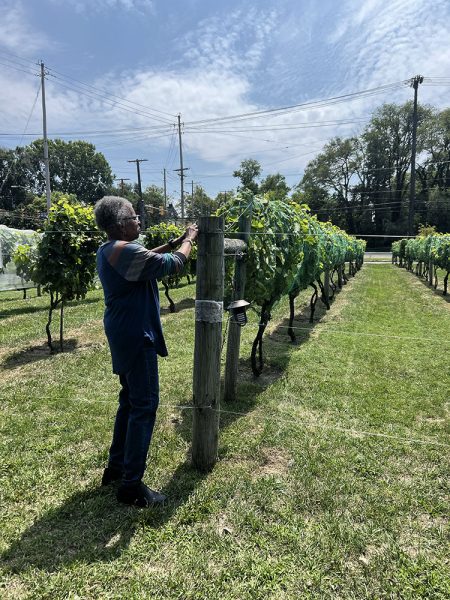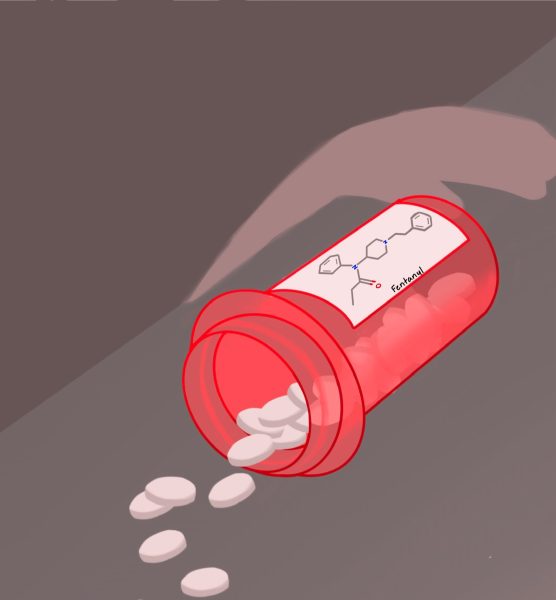A Problem That Needs To Be Faced
Someone in the United States experiences sexual assault every 1 minute and 49 seconds. 90% of these victims are female.
People don’t like to talk about sexual assault.
According to staff members at the Cleveland Rape Crisis Center (CRCC), rape is an issue that needs to be discussed, because our society silences sexual assault victims when we keep quiet. Ignoring the fact that a sexual assault occurs in America every two minutes will not make it go away.
In addition to worrying about their GPA and extracurricular activities, high school students preparing for college should be learning about consent and sexual assault. According to the National Sexual Violence Resource Center, 1 in 5 women and 1 in 16 men are sexually assaulted while in college, and 90% of these victims do not report what happens to them.
RAPE BY THE NUMBERS
According to the Rape, Abuse and Incest National Network (RAINN), someone in the United States experiences sexual assault every 1 minute and 49 seconds, which may be the amount of time that it takes you take to read this article. 90% of these victims are female. And if a women is in college, she is four times more likely to be sexually assaulted.
THE PROBLEM OF UNDER-REPORTING
According to Beachwood Police Sergeant Lisa Budny, a common reason victims do not report assault is because they are embarrassed.
“Most people don’t report because they are afraid that nobody will believe them,” she said. “Or they are ashamed.”
In an email to The Beachcomber, CRCC staff members Constance Conner, Stephon J. Davis and Sharnelle Hampton agreed.
“It is important to report [rapes] in order to stop a perpetrator from assaulting anyone else,” they wrote. “It is also important to report because it helps us bring awareness to the issue of sexual violence.”
To encourage reporting of incidents, CRCC recommends victims go through a process called BLAB IT. First, a victim must Breathe, Listen, Affirm, Believe, provide Information, and inform Trauma services.
WHAT HAPPENS WHEN RAPE IS REPORTED
When the police station receives a report of a rape, the first priority is to get the victim medical help and treat any resulting injuries. Once a victim gets to the hospital, she is treated by a nurse who is trained to address the needs of rape victims.
“Usually the first thing we do is to check general injuries and to talk with the patient to see what they want to do,” said Christi L. LaPrairie, clinical coordinator at Hillcrest Hospital. “If they want to take the rape kit, they can. If they don’t want to, it is fine too.”
LaPrairie explained that a “rape kit” involves taking the underwear, drawing some blood, and performing a few other exams in order to collect the aggressor’s DNA and check if the patient got an STD from the assault.
“Before every step, we talk to the patient to make sure she knows what is going on,” she added.
After they make sure the victim is safe, police officers talk to the victim to get as much information as they can to begin an investigation. Last but not least, they point the victim towards resources like the CRCC and other support groups.
RAPE CULTURE
Rape Culture is a term used to describe the way society blames victims of sexual assault and normalizes or excuses sexual violence committed by males.
The word “culture” is used to reinforce the idea that this behavior should not be considered normal or natural. If it is cultural, we created it; if we created it, we can change it.
According to the Marshall University’s Women’s Center Website, “Most women and girls live in fear of rape. Men, in general, do not. That’s how rape functions: as a powerful means by which the whole female population is held in a subordinate position to the whole male population, even though many men don’t rape, and many women are never victims of rape. This cycle of fear is the legacy of Rape Culture.”
In order to combat rape culture, both men and women should be respectful of others’ physical space (regardless of how casual a situation is), avoid using language that objectifies or degrades women, and speak out against casual depictions of violence against women.
IF YOU ARE A VICTIM…
“The first thing when a teenage patient arrives at the hospital is to help her understand that we are here to help, because it could be really frightening to get in the hospital after the trauma, so they may not [understand] all the resources that we have to help them,” LaPrairie said. “It is important for victims to know that they only need to do what they want to do.”
Another thing that victims need to know is that it is not their fault.
“You can’t blame yourself or think, ‘I was wearing a short skirt’ or ‘If I drank less this wouldn’t happen,’” LaPrairie said. “It’s not your fault. Your abuser is the only person responsible for his or her behavior.”
LaPrairie continued by emphasizing that victims should not feel ashamed. But if they don’t want to talk about it with parents or with the police, victims should at least go to the hospital for an examination.
CONSENT
While it may seem like a straightforward concept, consent can be confusing for teens and young adults.
“Consent is an agreement between participants to engage in sexual activity,” the RAINN web site explains. “And it should happen every time. Giving consent for one activity, one time, does not mean giving consent for increased or recurring sexual contact.”
“If the victim says (s)he doesn’t want to do something, that means no,” LaPrairie said. “What happens sometimes is that the victim changes her mind or doesn’t want to do something that already happened in the past, and the aggressor doesn’t get it.”
Nobody can assume that wearing certain clothes, dancing certain ways or being under the influence of drugs or alcohol is a green light to sexual activity. RAINN explains that before any move, both parties should give affirmative verbal consent or use physical cues to communicate complete agreement.

Gabriela Covolan Costa moved to Beachwood from São Paulo, Brazil in March of 2016.












Lissele • Aug 28, 2016 at 6:03 PM
Great! Congrats!!!